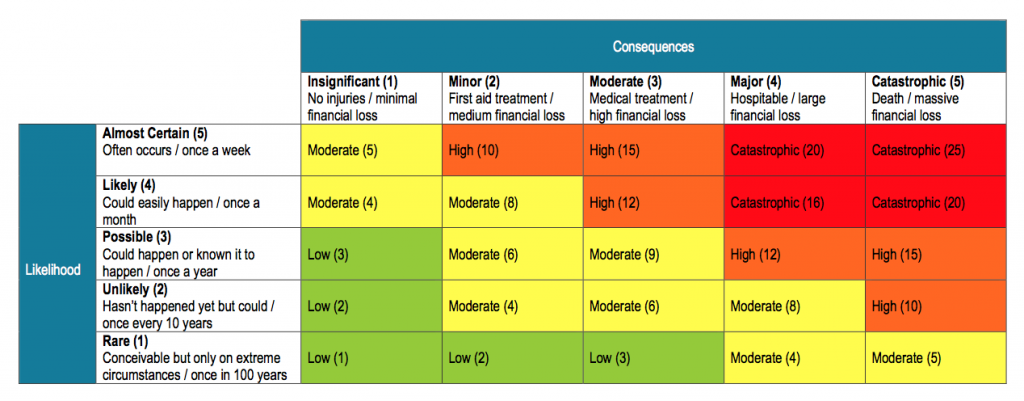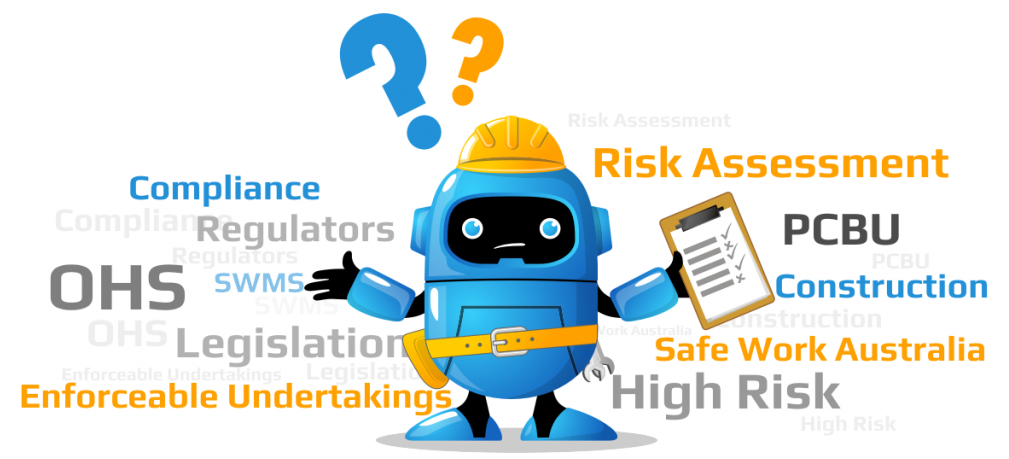
Risk Assessment
With any project/job/task there are inherent risks involved that can threaten not only the safety of your workers but also your productivity. Risk assessments, otherwise known as job safety analyses, identify these hazards before work begins to ensure everyone is safe on the job. Hazards can come in many different forms, from heights and dangerous substances to live wiring and deteriorating worksites – all are fairly common. So risk assessments are key to a safe construction site but completing them in way that doesn’t waste time or money is easier said than done.
Paperwork is not only time consuming but can also be difficult to file and keep track of should you be audited. WorkSafePro takes the stress out of risk assessments with a simple tool available on any smart phone or tablet device. With this tool workers can identify risk, implement a SWMS and get back on the job in less than 10 minutes. But before any of that happens, you need to understand the laws behind risk assessment and how the process works.
Australian Legislation
Risk assessments are required under the Work Health and Safety (WHS) Act to establish and maintain safe workplace standards for construction workers. The vague definitions of the Act have produced frustration and waste in the construction industry but it remains a necessary part of safe work practices. Under the law, a person conducting a business or undertaking (PCBU) is required to complete a safe work method statement (SWMS) for every worksite. Before any work can be considered safe, workers must be compliant with the following requirements:
- Types of high risk work must be identified
- The reasonably foreseeable hazards and the risks involved with them must be specified
- The measures taken to control these risks must be explained
- How the methods through which the risk control measures will be implemented, monitored and reviewed must be described
- How the workplace will be affected by the high risk work must be accounted for
- Duty holders must consult, cooperate and coordinate with all other persons in the workplace

A guiding component of risk assessment is that duty holders – from managers to workers – give and receive the highest level of health and safety precautions as is reasonably practicable. When determining what constitutes an acceptable level of precaution, these above factors must be adequately considered. But to ensure the health and safety of workers is not undermined by financial motivations, any cost involved in these matters can only be considered after the hazards have been identified and managed.
Compliance with the WHS Act and the correct completion of risk assessment is enforced by a raft of government authorities. For example in Queensland, Workplace Health and Safety Queensland (WHSQ) regulate compliance with the WHS Act.
The WHSQ’s compliance and enforcement options include:
- Advice and education
- Notices
- On the spot fines
- Seizure of equipment or substances
- Suspension or cancellation of licence or accreditation
- Enforceable undertakings: legally biding agreements subject to court proceedings if invalidated
- Workplace inspections, interventions and audits
- Prosecutions
Other Australian workplace health and safety regulators have similar if not almost identical enforceable options at their disposal so compliance is a must!

Ensuring worksites are compliant with the WHS Act not only makes safety sense but also business sense. A safe worksite is a productive worksite and SafeWorkPro is a quick and effective way of measuring risk assessments, completing SWMS and avoiding any costly accidents. For more information on how our software can help you, click here. Or if you're ready to start saving time and money on your risk assessments, you can sign-up today!



